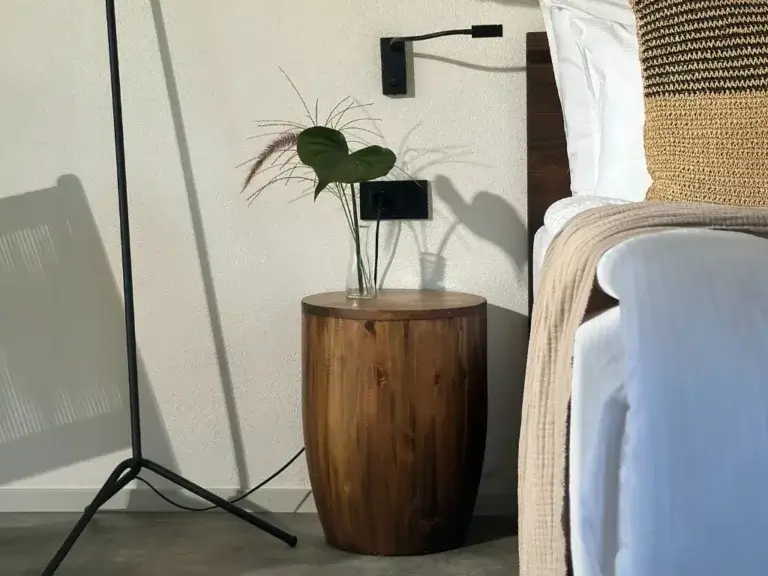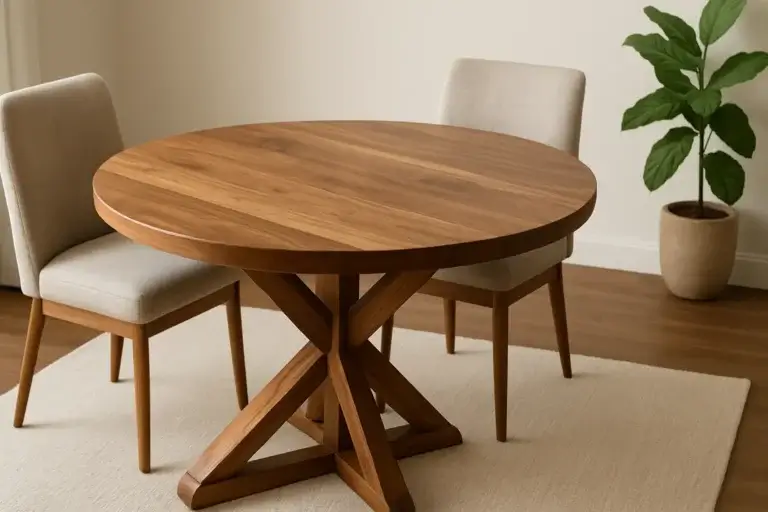What Is a Futon? Your Complete Guide to Choosing the Perfect One
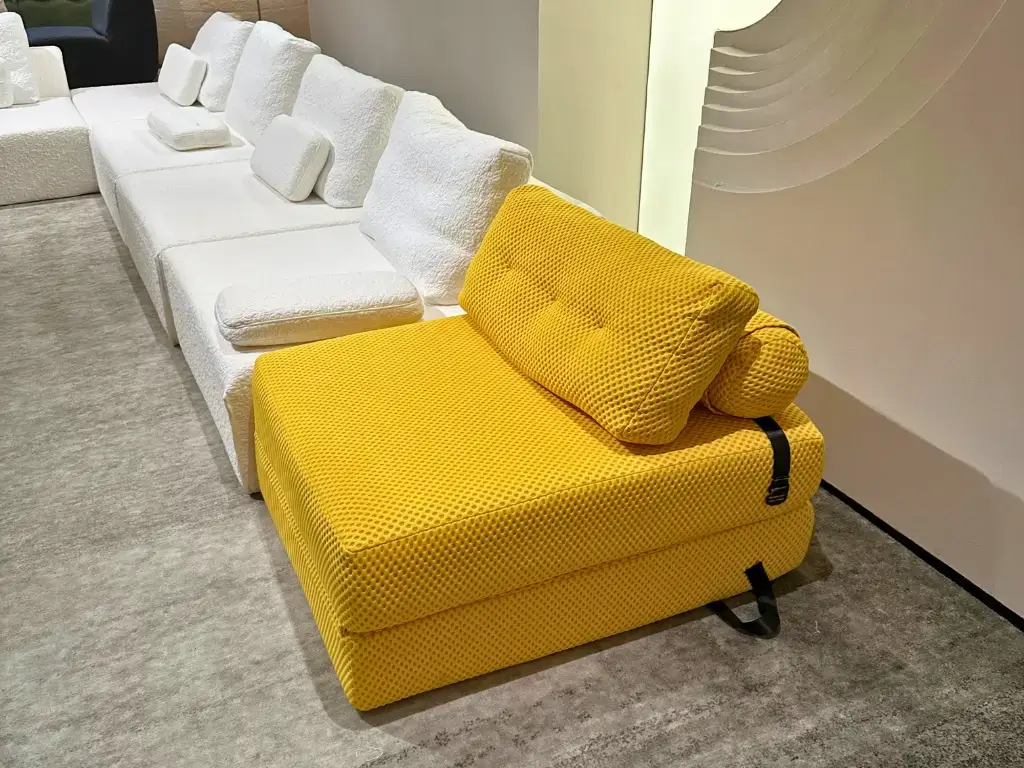
Are you curious about Futons and trying to find the perfect fit for your space? You’ve come to the right place! This guide delves into what a Futon is and reveals its intriguing history. Additionally, we’ll examine the different types and materials available to match your needs perfectly!
Lastly, we will provide practical tips for selecting the right Futon. Whether you want to maximise your space, improve your style, or find a cosy place to sleep, you will find what you need. A Futon offers excellent flexibility and helps you make a smart choice.
What Exactly Is a Futon? Understanding the Basics
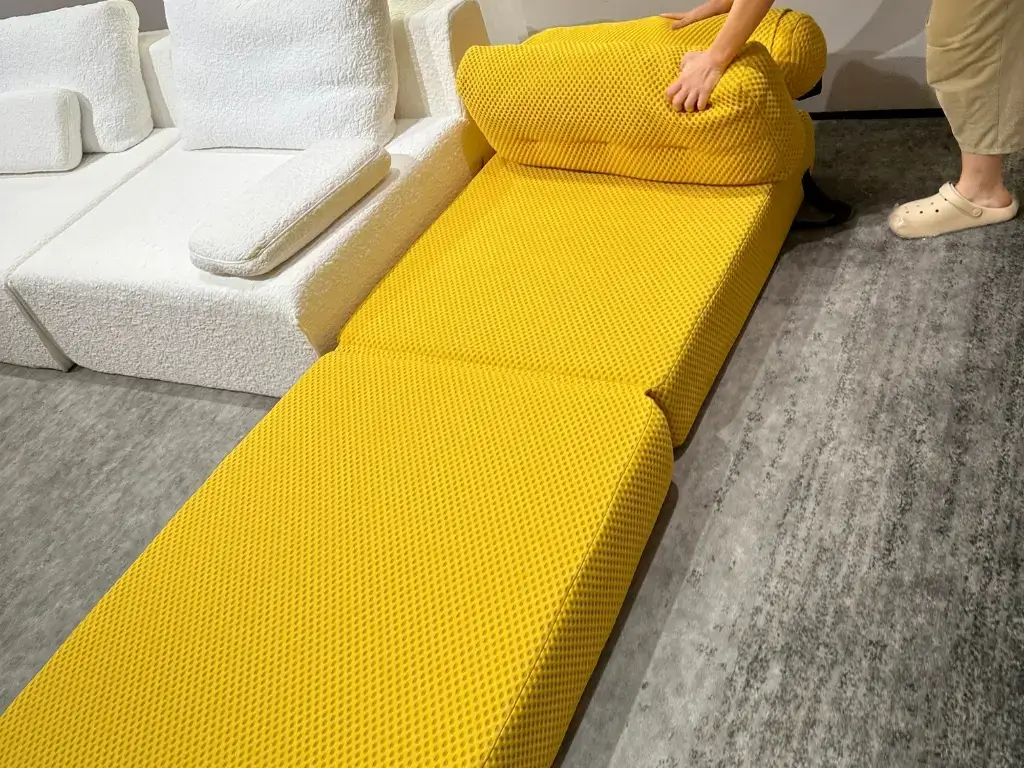
A Futon is a wonderful piece of furniture with a rich history in Japanese culture! It originally meant a bedding system with a soft mattress and a cosy duvet. You can easily fold and tuck away the duvet.
Traditionally, the Futon mattress, known as a shikibuton, lies directly on the floor. It usually rests on tatami mats. This setup gives a firm yet comfortable sleeping surface.
The Futon has changed, especially in the West. It often refers to a sofa that turns into a bed, making it a popular choice for saving home space. Modern Futons come in various materials, including cotton, wool, foam, and latex, offering options for diverse comfort preferences.
Futon vs. Sofa Bed vs. Daybed: What Sets a Futon Bed Apart
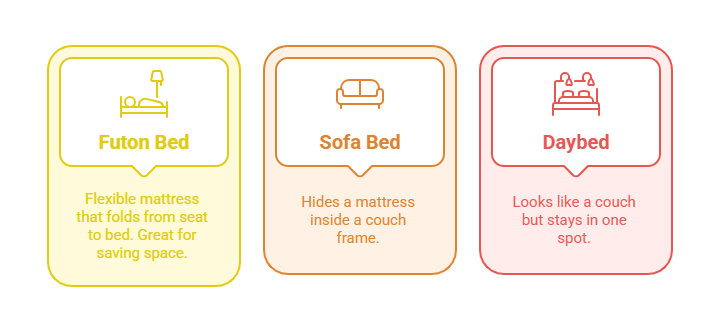
The main distinction between a Futon bed and a sofa bed or a daybed lies in its structure and functionality. A Futon bed usually has a flexible mattress. You can easily fold or unfold it. This lets it change from a seat to a bed.
A Futon bed offers a unique charm compared to a sofa bed or a daybed. A sofa bed hides a mattress inside a couch frame.
A daybed looks like a couch but stays in one spot. A Futon bed is special because it easily changes shape, making it an excellent choice for saving space!
The Futon mattress is generally thinner and more adaptable, ideal for small spaces or multipurpose rooms. If you need a bed that can also be a couch and a guest bed, a Futon bed is a great choice. It offers both comfort and practicality, especially with a good Futon mattress.
Exploring Different Types of Futons and Their Features
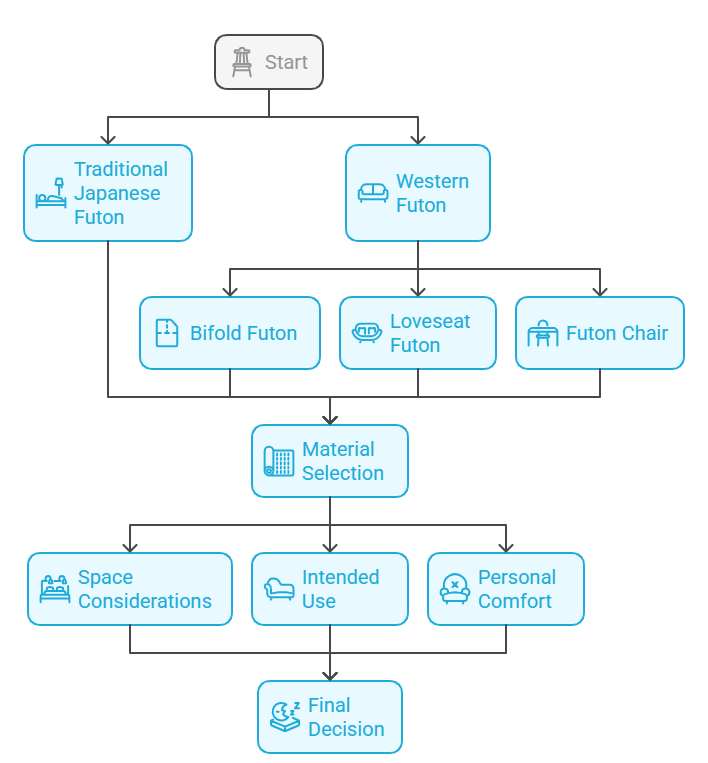
Futons come in various styles and configurations to suit different needs and tastes. A traditional Japanese Futon is a cosy, simple mattress that you can easily roll up and tuck away for storage. In contrast, Western Futons usually have a frame. This frame allows the Futon mattress to turn into a sofa or unfold into a bed.
Bifold Futon frames fold the mattress in half, while loveseat Futon frames are compact and perfect for smaller spaces. The Futon chair is a versatile single-seat option that transforms into a bed for one, ideal for dorms or offices.
Materials vary from traditional cotton to modern foam or latex, offering unique support and durability. Selecting the correct type of Futon depends on your space, intended use, and personal comfort preferences.
Pros and Cons of Owning a Futon: What to Expect

Owning a Futon comes with several advantages, but it’s also important to consider the potential drawbacks. Futons are space-efficient, making them ideal for apartments, studios, or guest rooms where space is crucial.
Switching between a sofa and a bed adds flexibility and is often cheaper than buying separate furniture. Many Futons use natural, hypoallergenic materials in the mattress, promoting better airflow—ideal for hot sleepers or allergy sufferers.
Futon mattresses are thinner and firmer than traditional ones, potentially insufficient for side sleepers or those with joint pain. Lower-quality Futons may wear out quickly, especially with frequent folding and unfolding. Weighing these pros and cons will help you decide if a Futon fits your lifestyle.
Finding the Perfect Fit: A Guide to Futon Sizes
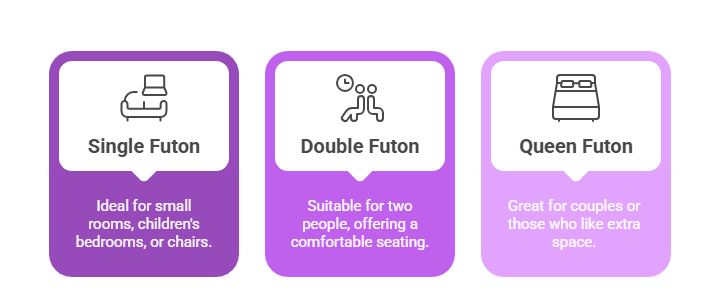
Futons offer various sizes for different spaces, from single to queen-size.
A single futon is a practical solution for tight spaces. It works well in small rooms, children’s bedrooms, or as a chair.
Double and full-size Futons are just right for two people, and queen-size Futons are a popular choice for couples or anyone who appreciates having a little extra room to stretch out!
Queen-size Futons are perfect for living rooms or guest spaces, providing ample seating and a cosy sleeping area. Consider your room’s size and how you will use the Futon as a main bed, guest bed, or multifunctional furniture.
Key Considerations When Choosing Your Futon
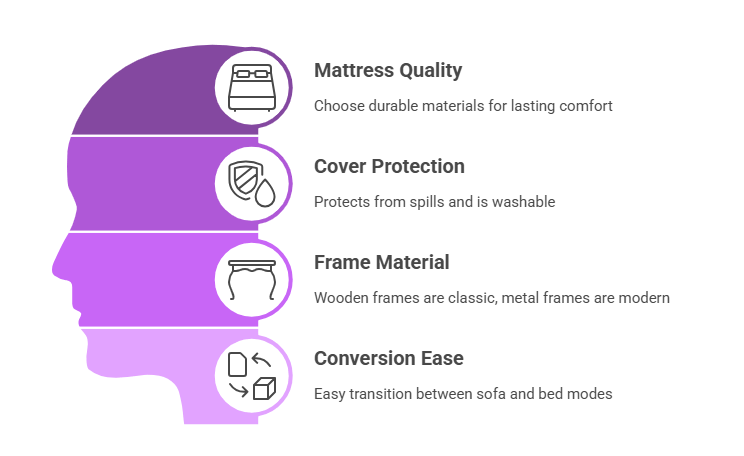
Choosing the ideal Futon involves more than selecting a style or size; consider comfort, durability, and maintenance.
The quality of the Futon mattress is vital; choose durable materials like cotton, wool, or latex for lasting support and comfort. A good cover protects your investment from spills, stains, and dust and is removable for washing.
Consider frame material—wooden frames provide a classic, sturdy look, while metal frames are lightweight and modern. Also, assess how easily the Futon converts between sofa and bed modes, especially for frequent use. Weighing these factors helps you choose a Futon that suits your needs and lifestyle.
Caring for Your Futon: Maintenance and Longevity
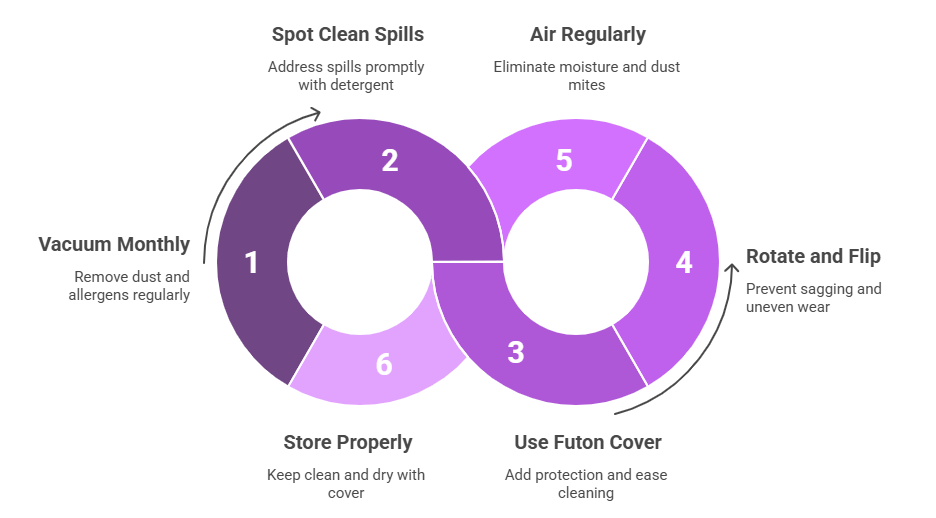
Proper care ensures your Futon mattress remains comfortable and lasts. Vacuum monthly to remove dust and allergens, and spot clean spills promptly with mild detergent.
A high-quality Futon cover adds an extra layer of protection and makes cleaning easier. Rotate and flip the Futon mattress every few months, especially if it is double-sided, to prevent sagging and uneven wear.
Regularly air your Futon in the sun or a nicely ventilated spot. This eliminates moisture and dust mites, ensuring a clean and fresh environment! When storing your Futon mattress, ensure it’s clean and dry, and use a breathable cover to protect it from dust and pests. With these simple steps, your Futon will remain a comfortable and hygienic addition to your home for years.
FAQ:
1. What is the weight capacity of Futons, and are they suitable for heavier individuals?
Futons support different weights based on frame material and construction quality. Typically, Futon beds have a capacity ranging from 250 pounds to over 700 pounds.
Plywood frames can only support 150-200 pounds, while hardwood frames can handle 500-770 pounds. Basic metal frames support 250-500 pounds, whereas heavy-duty metal frames can accommodate 500-600 pounds.
Heavier individuals should choose high-density foam, innerspring, or hybrid Futon mattresses with sturdy hardwood or metal frames. Maintaining weight 10% below the maximum protects equipment and extends its lifespan!
2. Are Futons healthy to sleep on long-term, and do they provide adequate back support?
High-quality Futons are healthy for back and stomach sleepers who benefit from firmer surfaces.
Futons promote spinal alignment and ease back pain. Their firm and consistent support can help reduce pressure points, making your sleep even more comfortable!
This surface supports the spine’s muscles during rest, easing discomfort.
Japanese Futons (shikibutons) enhance blood circulation and alleviate muscle aches. However, side sleepers may find Futons less comfortable as they don’t provide the same contouring as memory foam mattresses. Choose a quality Futon with adequate thickness (5-7 cm) and materials.
3. How do Futons compare to sofa beds regarding comfort, durability, and functionality?
Futons and sofa beds serve similar functions but differ in design and performance. Futons are generally more affordable, compact, and durable than sofa beds.
Futons fold once, allowing for thicker, more comfortable mattresses than sofa beds with complex folding mechanisms. They are also easier to use and occupy less space, making them ideal for smaller areas.
However, sofa beds often provide a more traditional couch appearance and may offer slightly better comfort for sitting. Futons are a fantastic choice for durability, as they have fewer mechanical parts that could wear out over time.
4. How long do Futons typically last, and what factors affect their lifespan?
The lifespan of a Futon depends heavily on quality, usage frequency, and maintenance. Cheaper Futon mattresses may only last a few years, while higher-end models can last up to a decade.
Quality Futons made with organic cotton, wool, and latex can last between 8 and 15 years with proper care.
Longevity depends on several factors: material quality, usage frequency, and maintenance practices like flipping, rotating, and airing.
Traditional cotton and wool Futons need more maintenance but last longer than synthetic ones. Regular care, including monthly vacuuming and periodic airing, significantly extends Futon life.
5. Can Futons cause allergic reactions, and what storage solutions are available?
Futons can potentially cause allergic reactions, particularly those made with synthetic materials like polyurethane foam. Some people experience nasal allergies and headaches from chemical outgassing in cheaper foam Futons.
However, traditional Futons made with natural materials like organic cotton and wool are typically hypoallergenic and naturally deter dust mites.
Futons provide great space-saving storage as they fold easily into cupboards. Many frames include built-in drawers for linens, clothing, or seasonal.
Some of the points cited:
- The Futon Shop. “Futon History – Why Is It Called A Futon?”
Explores the origins of futons in Japan, traditional materials, and their evolution into modern furniture. - Futonland. “Futon Frames FAQs: Everything You Need to Know.”
Details futon frame types, common sizes, and storage options for maximizing space. - The Futon Shop Canada. “Five Amazing Benefits Of a Memory Foam Futon.”
Discusses the advantages of memory foam futon mattresses for various sleep positions and overall comfort.



